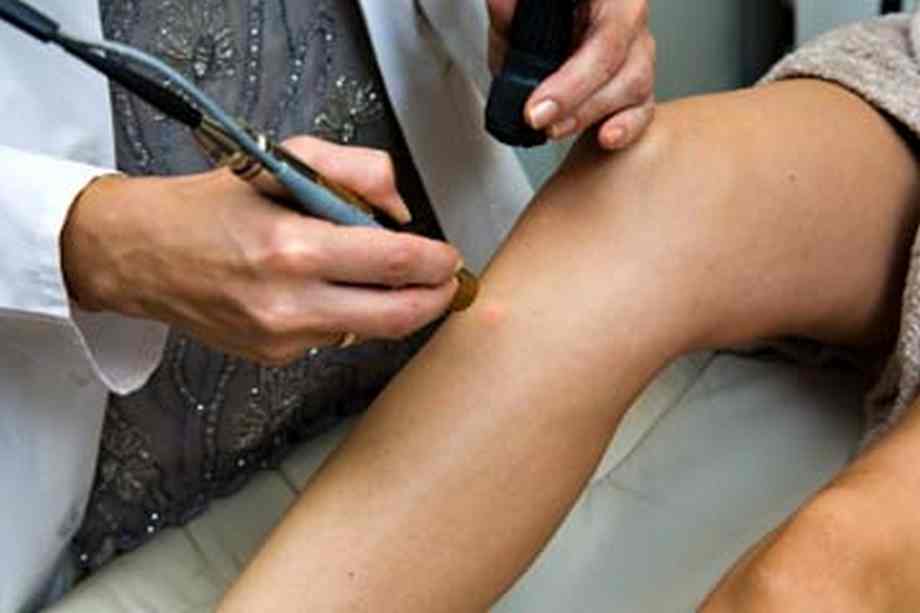
"Sunscreens have been round for many years, so that you’d suppose we all know all there may be to find out about them — however we actually do not," stated Vasilios Stavros, affiliate professor of bodily chemistry on the College of Warwick, in a press launch. "If we higher perceive how the molecules in sunscreen soak up mild, then we will manipulate the molecules to soak up extra power, and we will defend the molecules from degradation. If the molecule would not break down, there isn’t any must reapply."
The crew deconstructed the components present in a typical bottle of sunscreen from the pharmacy to determine how the element components in sunscreens truly work. They began with the apparent ones: the "chemical filters," whose molecules do the work of absorbing UV mild and releasing the absorbed power as warmth. Of the ten chemical filters studied by the analysis crew, they discovered a number of of them are susceptible to absorbing power and as a substitute of coming into a extra excited digital state and releasing the power as warmth, the molecules simply find yourself staying within the excited state or simply breaking up, releasing free radicals. That is not what you need if you’re attempting to defend your pores and skin.
With the intention to determine learn how to hold these chemical filters from occurring the fritz, Stavros’ crew examined how nicely frequent chemical filters like oxybenzone moved out and in of excited states when shot with lasers meant to simulate the power from the solar. It seems that the oxybenzone the crew examined obtained caught in an excited state 10 p.c of the time after having lasers shot at it. And now that they’ve figured this out, researchers hope they will mitigate sunburn by bettering sunscreens.
"When that chemical filter is in an excited state, its atoms are rotating round sure bonds," Stavros stated. "If we will manipulate this rotation by including totally different chemical teams, we may assist the molecule discover its approach again to the bottom state."
Quickly, hopefully, all this chemical filter analysis will lead to us some longer-lasting sunscreens, which is able to make all seaside journeys extra stress-free and fewer prone to finish in burns, blisters, peeling and ache.
Now That is Fascinating
The primary artificial sunscreen was invented in 1938 by chemistry scholar and mountaineering buff Franz Greiter, who was uninterested in getting savagely burned whereas on mountaineering expeditions.


